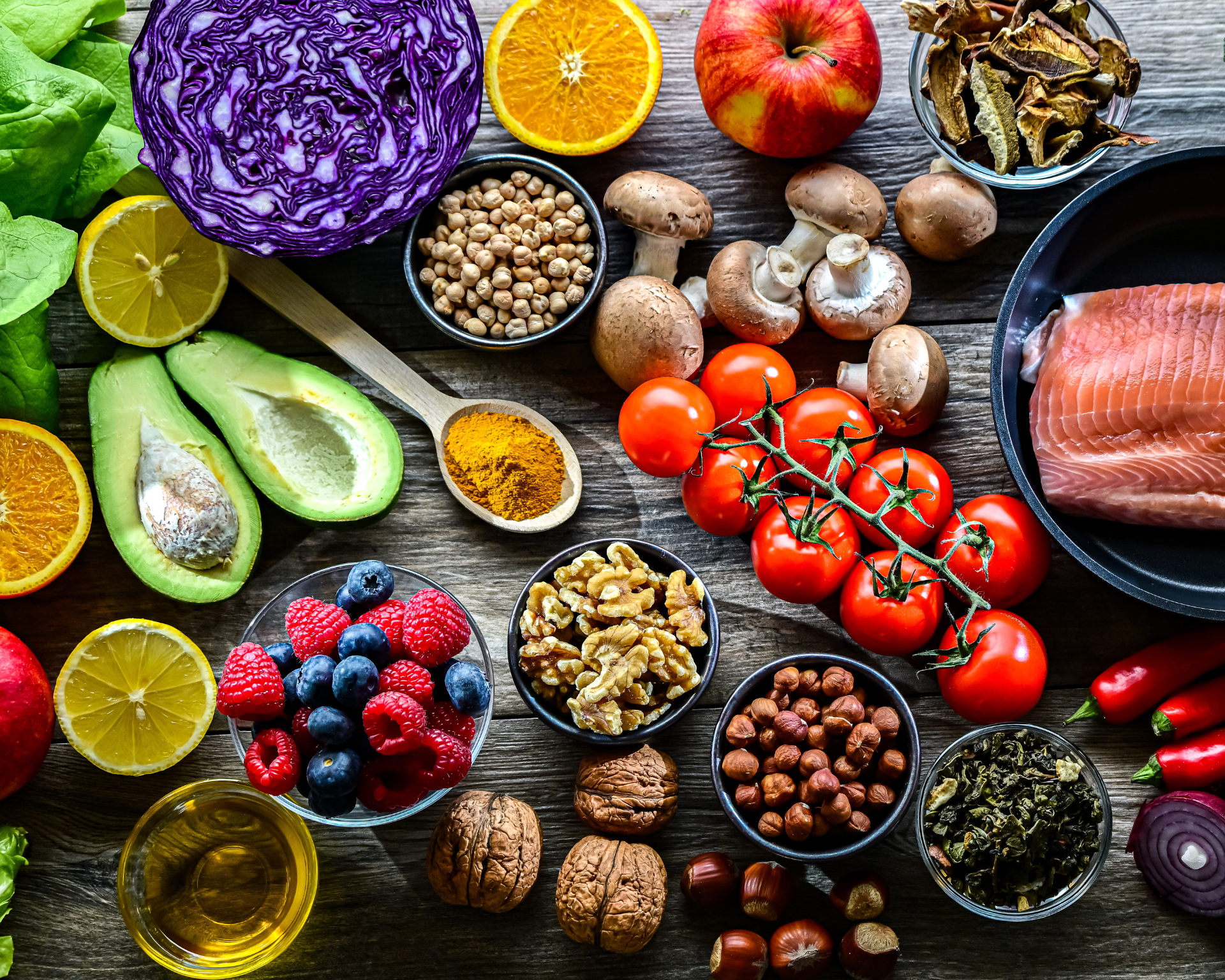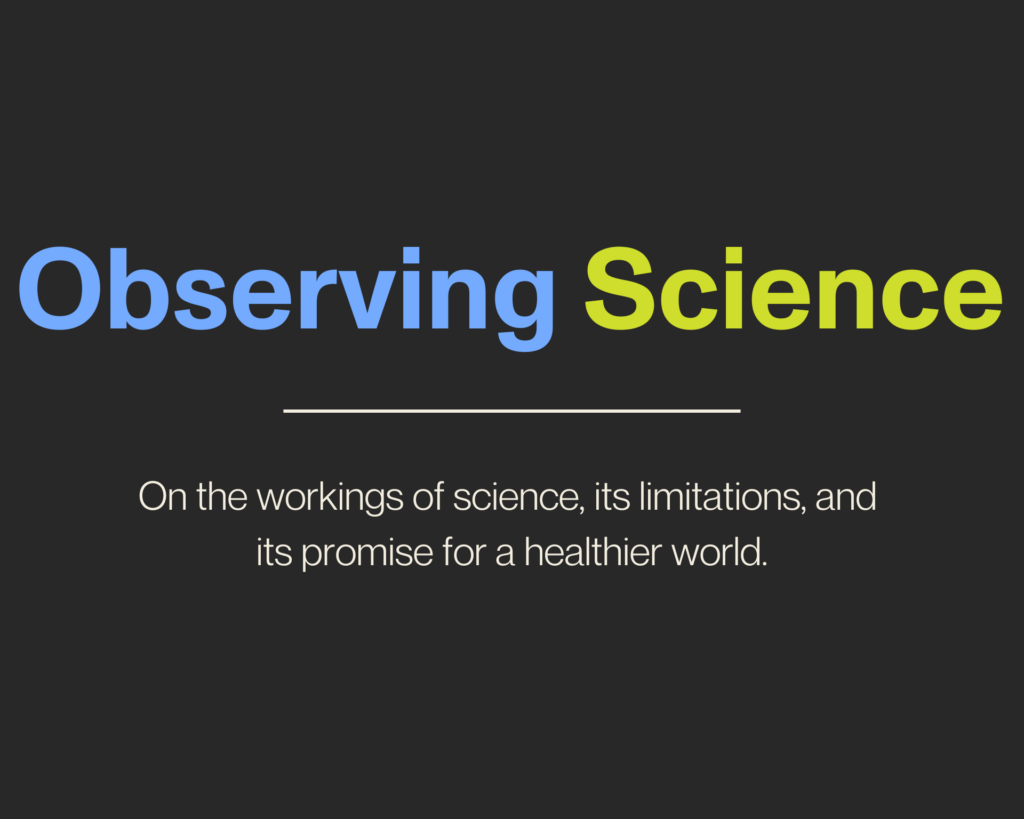Food as Medicine: Getting Back to What Nourishes Us
Food isn’t just fuel—it is medicine and one of the most powerful tools we have to protect our health. So, how did we get so far off track?

Read Time: 6 minutes
Published:
More than half of the calories Americans eat now come from ultra-processed foods, products made mostly from refined ingredients and additives, that are high in sugar, unhealthy fats, and sodium, and are low in nutritional value. These products are engineered for taste and long shelf life, but they’re often stripped of the nutrients our bodies actually need to function and thrive. In other words, we’re full, but undernourished.
The Western diet, once rooted in nature, has become a driver of disease. But this wasn’t always the case. For most of human history, food came from the earth—grown, gathered, hunted, or caught. It nourished our bodies, brought communities together, and carried cultural meaning.
Food isn’t just fuel—it is medicine and one of the most powerful tools we have to protect and restore our health. So, how did we get so far off track? And more importantly, how can we return to a way of eating that heals instead of harms?
From Foraging to Fast Food
Human beings evolved as foragers and hunters. Our ancestors ate seasonally, primarily consuming plants, nuts, seeds, fruits, roots, and the occasional catch or kill. These whole foods were rich in vitamins, minerals, antioxidants, and fiber. The balance of macronutrients and phytonutrients from this natural diet helped regulate inflammation, support immunity, and promote long-term health.
By contrast, today’s Western diet is dominated by mass-produced, calorie-dense, and fast food options that are high in added sugar, sodium, unhealthy fats, and synthetic additives, and low in fiber and micronutrients. The transition from natural eating to mass-produced, calorie-dense food has been gradual but profound.
When Food Became Product
Starting in the early 20th century, the discovery and lab synthesis of vitamins like A, C, and D sparked the idea that nutrition could be engineered. What began as a promising solution to widespread deficiencies, especially during periods of food scarcity like the Great Depression and World War II, quickly shifted public and scientific focus away from whole foods and toward isolated nutrients and supplements. This paved the way for the Green Revolution: a movement to increase global food production through high-yield crops, synthetic fertilizers, and chemical pesticides.
The result? While food availability increased, nutrient density plummeted. Studies show that fruits and vegetables today contain significantly fewer nutrients compared to those from the 1950s, with losses in minerals like calcium, magnesium, and iron ranging from 20% to 50%. Garden crops in the U.S. are now up to 38% lower in nutrients compared to mid-20th-century levels. Our food supply grew abundant but hollow.
Food must be treated not just as a personal choice, but as a public good.
The Rise of Ultra-Processed Foods
The industrialization of agriculture set the stage for a flood of fast and processed foods. These items are affordable, widely available, and aggressively marketed, especially to children. Ultra-processed foods (UPFs) now make up 60% of the American diet, but they come at a cost. Consuming these foods is directly linked to chronic inflammation, type 2 diabetes, cardiovascular disease, and obesity. Their packaging adds to the problem—microplastics leach into the food, which can disrupt hormone function and contribute to long-term health risks. Compared to other countries, the U.S. stands out for its massive portion sizes, higher calorie density, and higher levels of UPF availability, particularly in children’s meals.
Nutrient Loss, Soil Decline, and Health Consequences
Healthy food comes from healthy soil. But decades of intensive farming and the widespread use of synthetic fertilizers, herbicides, and pesticides have degraded soil quality—stripping crops of vital nutrients and contaminating the ecosystems they grow in. These chemicals don’t just affect what ends up on our plates; they seep into water supplies, exposing communities to harmful toxins.
The result is a double burden: lower nutrient density in the foods we eat and increased exposure to substances that harm our health. Nutrient deficiencies have real, measurable consequences. Low levels of vitamin D and calcium contribute to bone loss and fractures. Insufficient vitamin K can impair blood clotting. Iron and magnesium deficiencies are linked to cardiovascular disease and neurological disorders. Meanwhile, pesticide exposure has been associated with asthma, cancer, birth defects, and weakened immune function.
The Way Forward? Go Back to the Basics
Returning to food as medicine means choosing real, whole foods: colorful fruits and vegetables, whole grains, legumes, nuts, seeds, healthy fats (like olive oil), and lean proteins (such as fish, beans, and chicken). The fewer ingredients listed, the better. It also means limiting added sugars, sodium, alcohol, and processed foods. The more ingredients listed, especially unfamiliar additives, the more processed the food product is.
Eating such diets have shown remarkable health benefits, reducing the risk of heart disease, diabetes, and even cognitive decline. These eating patterns are anti-inflammatory and nutrient-dense—and they start with ingredients you can pronounce and recognize from the earth.
Public policies can help, too. International models offer ideas: Chile has restricted junk food marketing to children and added warning labels to unhealthy packaged foods. Countries like Mexico, Spain, and the UK have taxed sugary beverages to reduce consumption. Globally, there’s renewed interest in organic farming and sustainable agriculture—approaches that restore soil quality and nutrient density, protect biodiversity, and improve food security.
Access to good food is access to good health. When we can eat food as our medicine, we may no longer need to eat medicine as our food.
Nutrition Access and Security
Of course, knowing what to eat is only part of the solution. The ability to act on that knowledge is shaped by broader social and structural factors—where you live, how much you earn, what’s available in your neighborhood, and whether you have the time, tools, and support to prepare healthy meals.
Millions of families live in communities where fresh produce is scarce, but fast food is on every corner. In some rural and urban areas, grocery stores are miles away, and transportation options are limited. Even when healthy food is available, it may be priced out of reach for families navigating tight budgets, multiple jobs, or caregiving responsibilities.
This is why food must be treated not just as a personal choice, but as a public good. Addressing nutrition insecurity requires structural solutions that make healthy food affordable and accessible. This includes investing in local food systems, subsidizing nutritious staples, strengthening programs like SNAP and WIC, and ensuring fair wages for food and farm workers. Policies that support universal free school meals, farm-to-school programs, grocery and farmers’ market incentives, and zoning reforms can help reshape environments so the healthy food choice becomes the easy—and expected—one.
Access to good food is access to good health. When we can eat food as our medicine, we may no longer need to eat medicine as our food. When we shift from ultra-processed convenience to whole, minimally-processed nourishment, we reclaim our health as well as our connection to nature, culture, and each other. It’s time to get back to the basics—one bite at a time.
Next up in this series: Movement as Medicine.



